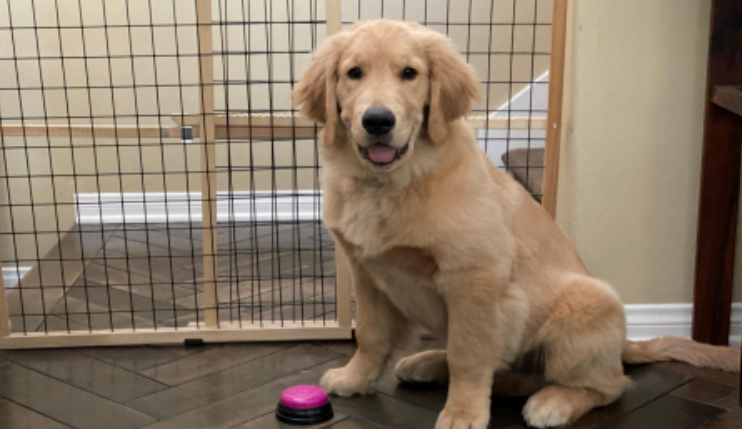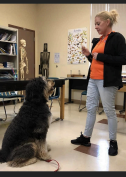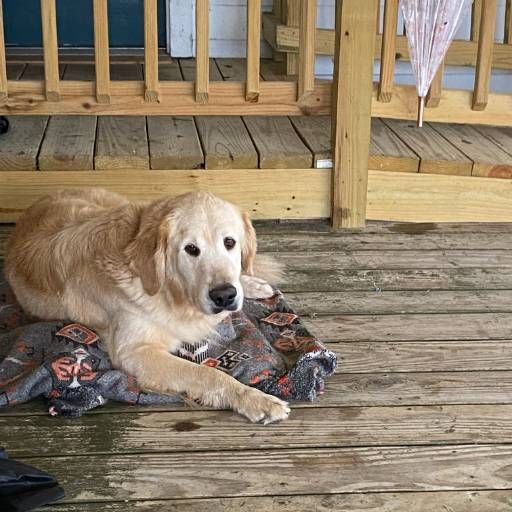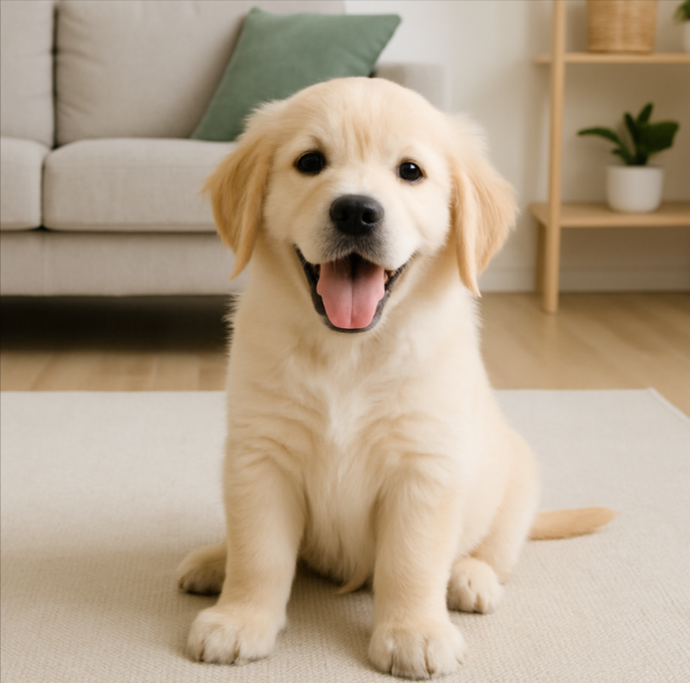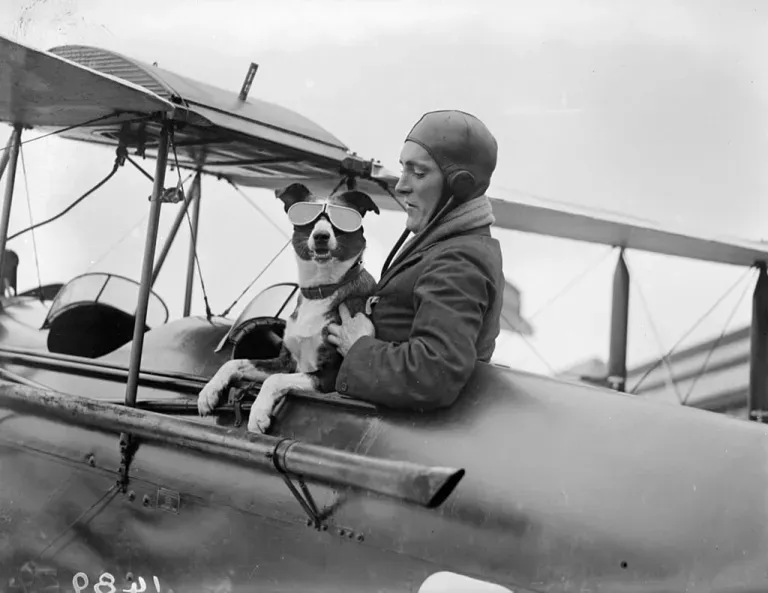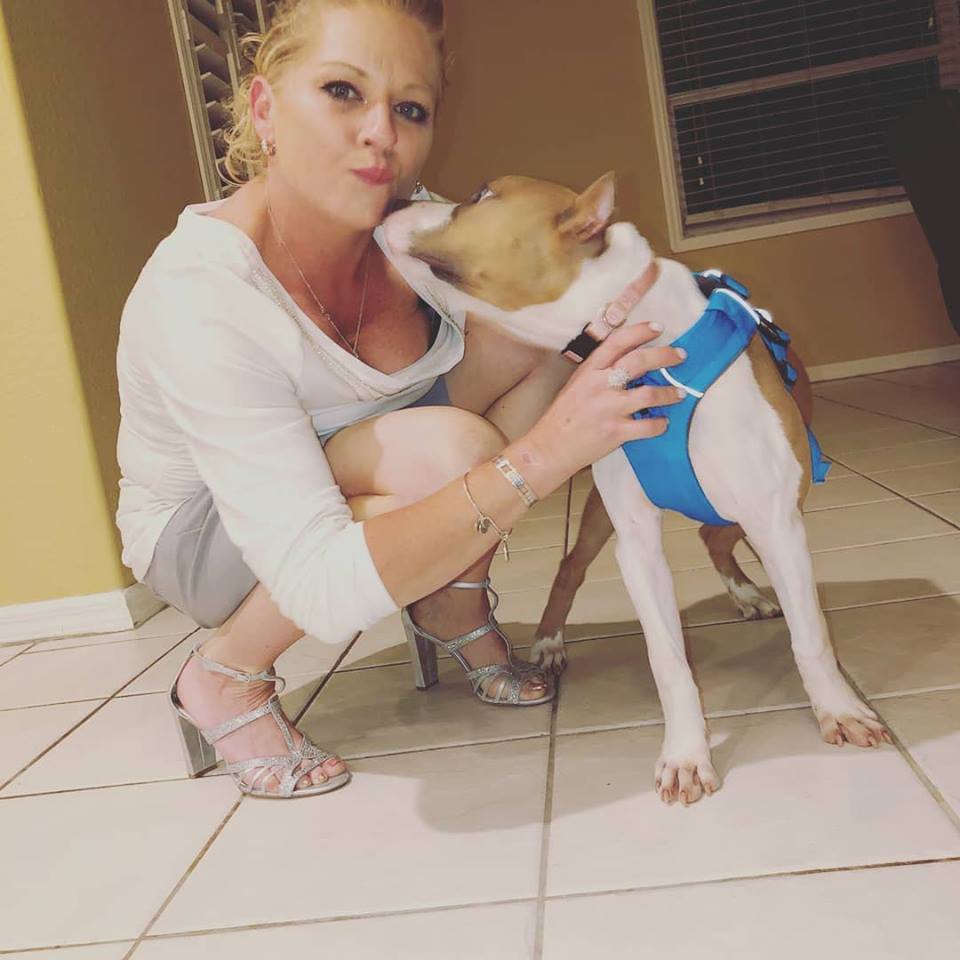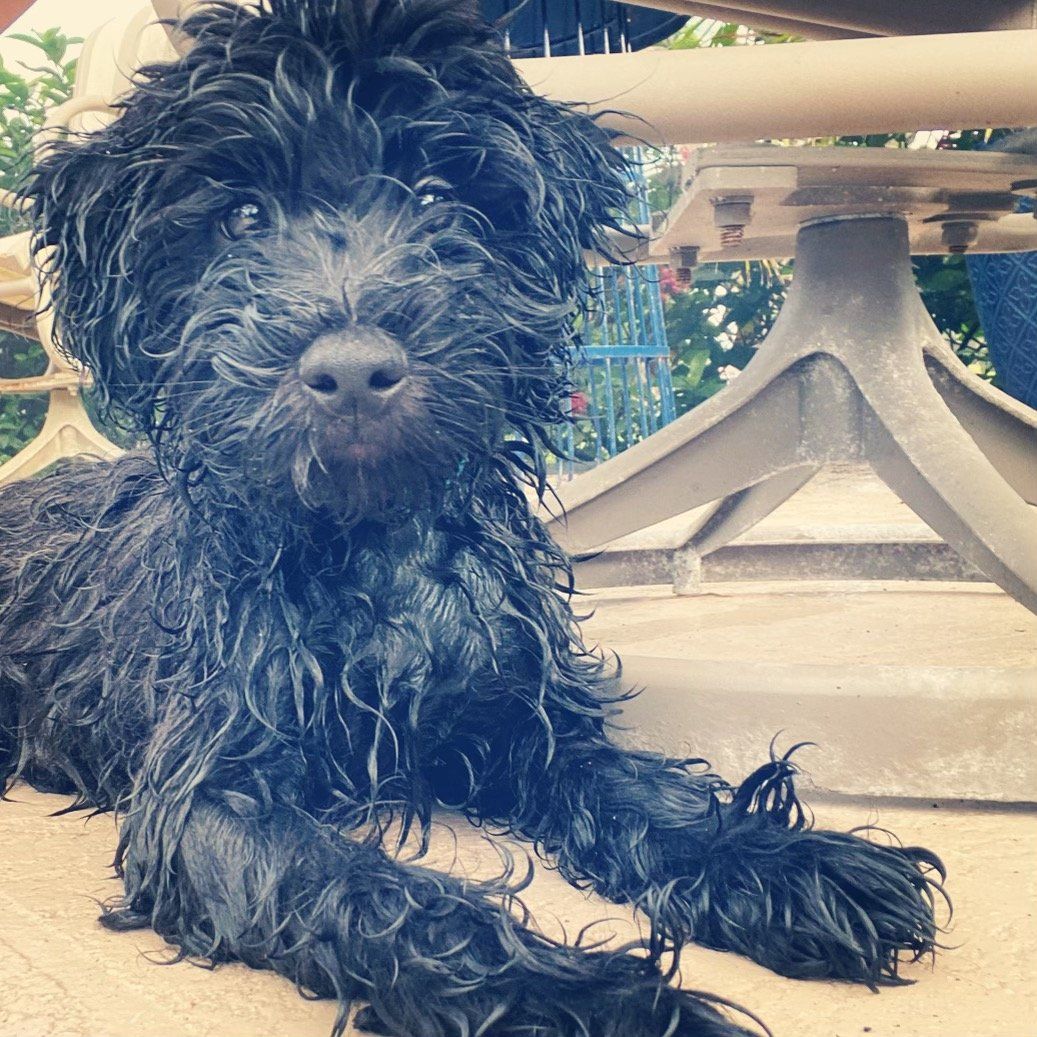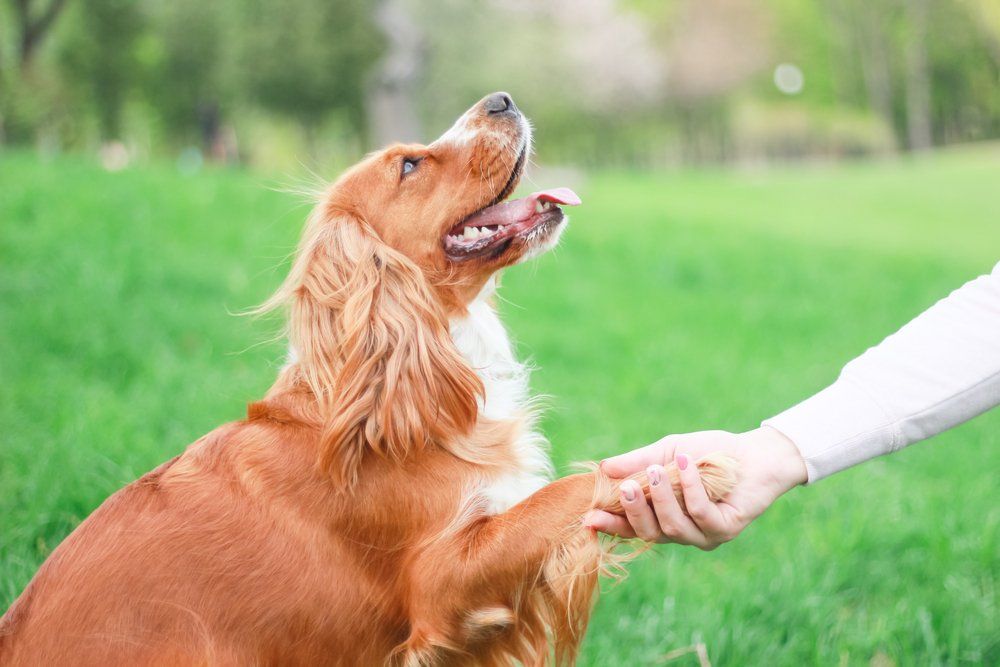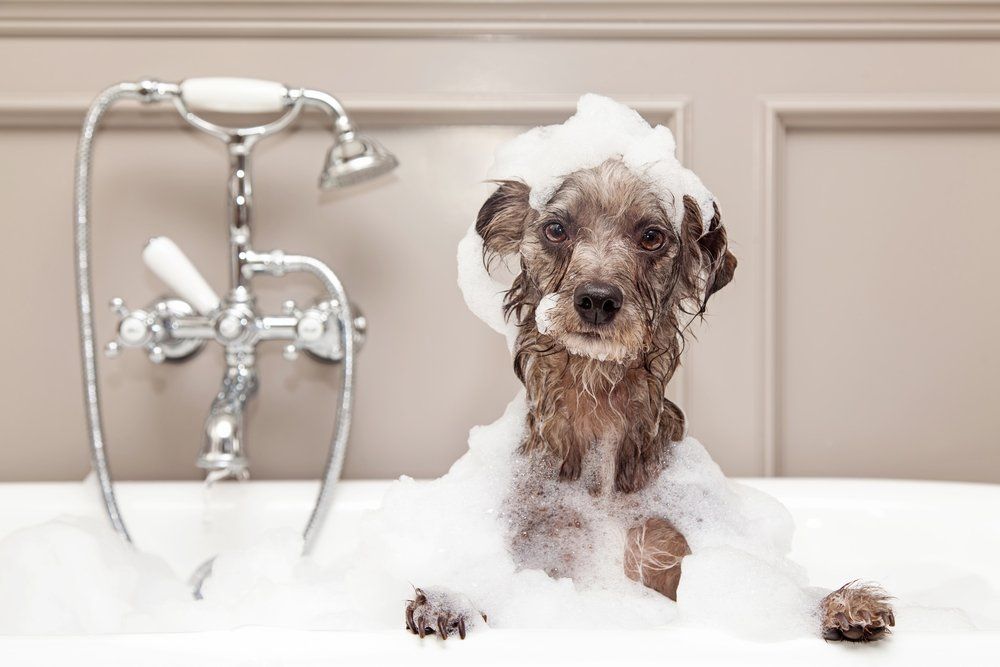The Four Cornerstones of Positive Dog Training
The idea of positive training is not a scientific one. It’s not something that you could find in a scientific journal, and you’ll have people who don’t understand it continually mischaracterize it.
When the team at Positively talk about positive training or when you listen to Victoria say that she is a positive trainer, we incorporate several different philosophies, techniques, and awareness levels on misunderstood topics that come together to create positive training.
The Four Cornerstones of Positive Training
• Using positive reinforcement
• Avoiding intimidation, fear, or physical punishment
• Understanding misunderstood concepts of dominance
• Committing to understanding the experience of a dog from their point of view
These are the four elements that come together to create Positivity and positive training. If any of them were missing, then we would be left with an incomplete and ineffective philosophy that fails to establish a long-term relationship with your pet based on your mutual trust and respect. Let’s take a look at the 4 Cornerstones of Positive Training.
Cornerstone One: Positive Reinforcement
Using positive reinforcement methods during dog training is universally endorsed by behavioral scientists and recognized as one of the most human, effective, safest, and long-lasting forms of dog training.
To put it simply, positive reinforcement is when you reward positive behavior. The idea is that rewarding good behavior makes it more likely that it will be done again. When coupled used alongside negative punishments such as taking away something that the dog desires like food, toys, attention, and human contact, or using vocal interrupts to redirect potential negative behavior onto desired behaviors and guide dogs to make a good choice, the methods form the foundation upon which positive training is built. Traditional dog trainers may claim positive reinforcement techniques show weakness and lack leadership, but the reality is successful and respected leaders are those that don’t need to use force to bring about change.
Cornerstone Two: Avoid Punitive Methods
Studies show that using confrontational and punitive training methods on dogs doesn’t work in the long term. They have been show to make dogs more aggressive, especially if they are already aggressive. The concept is simple enough to understand, but dog owners sometimes forget that one should never use fire to fight fire.
Most people wouldn’t need a scientific journal to tell us what we’re being told by our instincts though: that it’s much better – and more humane – to reward rather than punish. Those who promote the idea of using old-school training methods argue their punishments – using electric shocks and kicking the dog in the ribs – aren’t very damaging. These punishments are indeed varied, with everyone deciding how far they will go. Everyone that is well-adjusted though understands that it’s better to avoid causing a dog to feel pain and fear as much as possible, no matter how minimal the punishment might be.
Cornerstone Three: Understanding Dominance
One of the toughest problems keeping us from developing a healthy and functional relationship with dogs is a misunderstanding of dominance and how it works to dogs. Anyone that has heard trainers talk of owners being the alpha dog or a leader of the pack in order to keep the balance and have the right chemistry with their dog has seen for themselves how far and wide the misguided conception of dominance has become in modern culture.
It is true that or historical understanding of dominance has changed over the past half-century or so and it remains complex. On the simplest level though, the best way to describe dominance as far as dogs are concerned is that you shouldn’t worry about it as much as we feel you may be right now. Dogs aren’t about to take over the world if they aren’t kept in check, and they rarely take on the commonly assumed hierarchy roles that people assign them.
What’s important to understand when it comes to owning a dog is that their behavior problems are rarely related to them trying to assert their own dominance over you. They don’t misbehave to prove that they are above you.
Read through Victoria’s latest book – Train Your Dog Positively – to learn about how dominance really works and moving past the misunderstandings. One of the most important ways to fully understand positive training is understanding dominance in the canine world. Believing that the reason a dog is misbehaving is a dominant issue only leads to an unconfident, unhappy, and unbalanced dog – and not to mention owner.
Cornerstone Four: Using the Point of View of the Dog
It’s impossible to create a real bond with your dog unless you understand how they see the world around them. The way to do this is to understand their language and appreciate their sensory experiences.
The senses are linked to emotions, and emotions are the driving force behind behavior, so it becomes clear that even if we’re only just understanding how dogs senses work, they are an important part of their experiences and we should understand them. Understanding how to use senses to work with dogs and understand their behavioral problems is known as sensory education.
Given that we are more advanced than our four-legged friends, it falls on us to learn how to speak their language rather than expecting them to learn ours. Doing this lays the foundation for a strong relationship between human and dog that makes it simpler to find a solution to any behavior issues your dog has.
Humans have been domesticating dogs for thousands of years now, so it is the responsibility of humans to ensure they are confident and have all the tools needed to survive – and thrive – in the complex and strange world of humans.
Conclusion
There are a number of terms thrown out there to describe techniques used in positive training: positive reinforcement, force-free, reward-based, and more. What everyone who believes in these philosophies share is their belief that these ideas are safer, effective, and more humane ways to train animals using the basic overarching concept of rewarding a positive behavior means it is more likely to be repeated.
Similarly ignoring and redirecting behaviors that you don’t like makes it likely that these behaviors won’t be repeated. Combining the two concepts with the understanding that dogs aren’t wolves that want to dominate us and be the “top dog” eliminates the need to control dogs through dominance and punishments, which is the recipe behind positive dog training.

